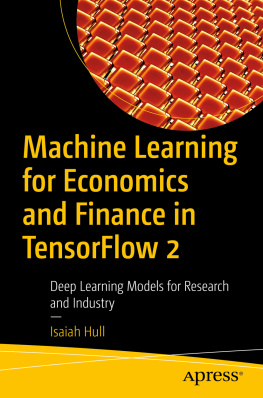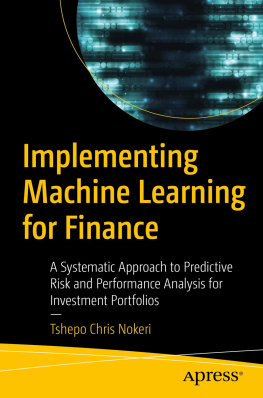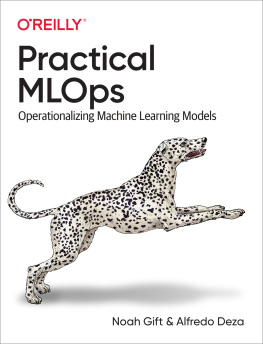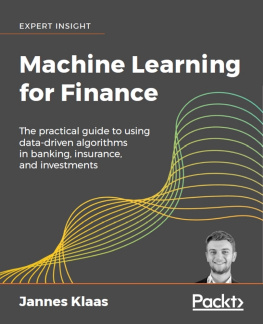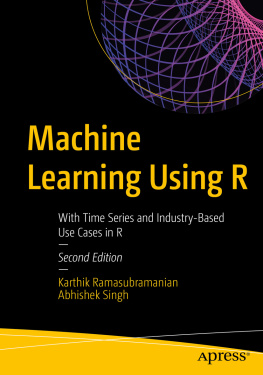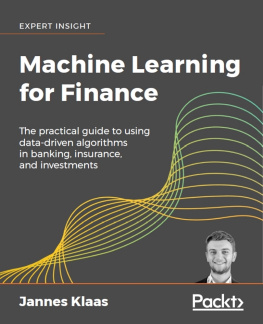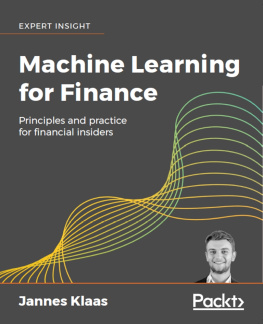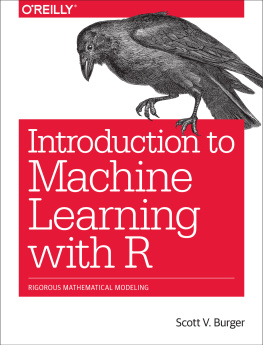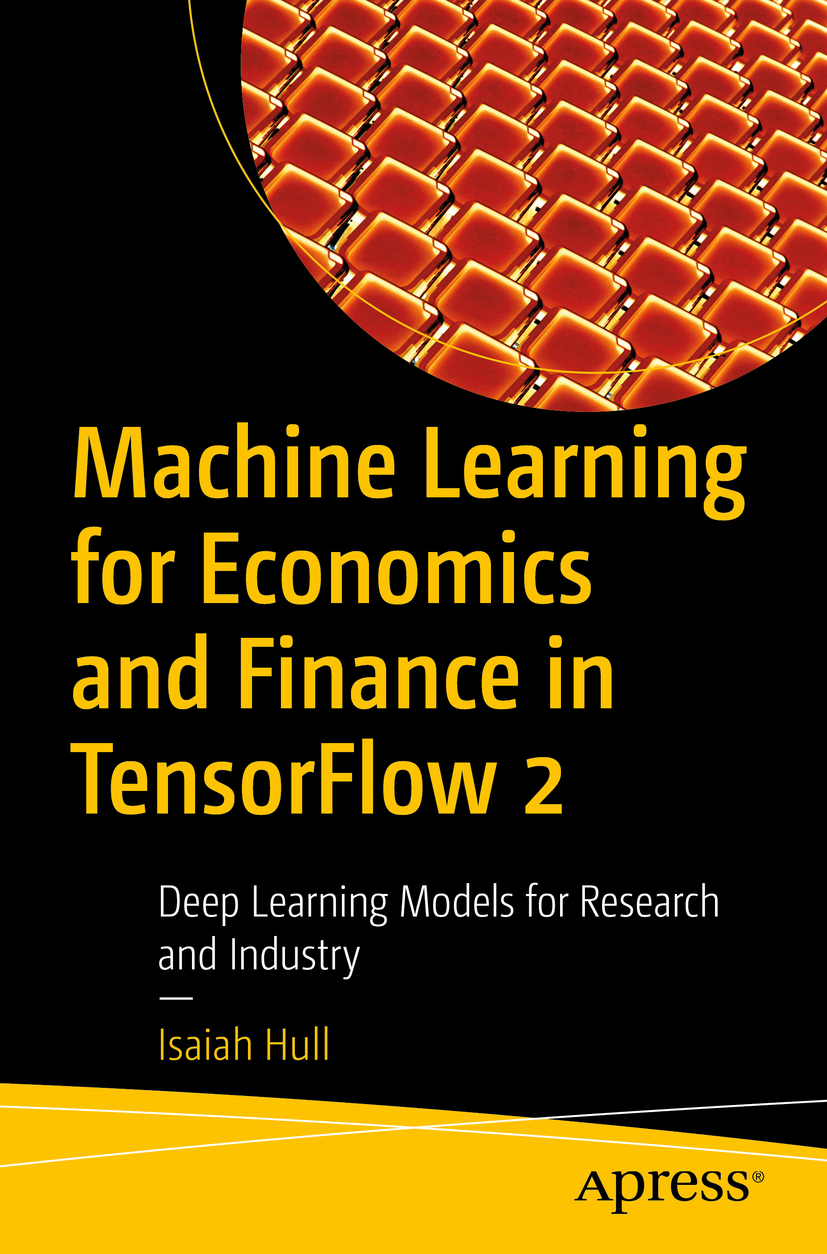Isaiah Hull - Machine Learning for Economics and Finance in TensorFlow 2: Deep Learning Models for Research and Industry
Here you can read online Isaiah Hull - Machine Learning for Economics and Finance in TensorFlow 2: Deep Learning Models for Research and Industry full text of the book (entire story) in english for free. Download pdf and epub, get meaning, cover and reviews about this ebook. year: 2020, publisher: Apress, genre: Home and family. Description of the work, (preface) as well as reviews are available. Best literature library LitArk.com created for fans of good reading and offers a wide selection of genres:
Romance novel
Science fiction
Adventure
Detective
Science
History
Home and family
Prose
Art
Politics
Computer
Non-fiction
Religion
Business
Children
Humor
Choose a favorite category and find really read worthwhile books. Enjoy immersion in the world of imagination, feel the emotions of the characters or learn something new for yourself, make an fascinating discovery.
- Book:Machine Learning for Economics and Finance in TensorFlow 2: Deep Learning Models for Research and Industry
- Author:
- Publisher:Apress
- Genre:
- Year:2020
- Rating:4 / 5
- Favourites:Add to favourites
- Your mark:
Machine Learning for Economics and Finance in TensorFlow 2: Deep Learning Models for Research and Industry: summary, description and annotation
We offer to read an annotation, description, summary or preface (depends on what the author of the book "Machine Learning for Economics and Finance in TensorFlow 2: Deep Learning Models for Research and Industry" wrote himself). If you haven't found the necessary information about the book — write in the comments, we will try to find it.
This book focuses on economic and financial problems with an empirical dimension, where machine learning methods may offer something of value. This includes coverage of a variety of discriminative deep learning models (DNNs, CNNs, LSTMs, and DQNs), generative machine learning models (GANs and VAEs), and tree-based models. It also covers the intersection of empirical methods in economics and machine learning, including regression analysis, natural language processing, and dimensionality reduction.
TensorFlow offers a toolset that can be used to define and solve any graph-based model, including those commonly used in economics. This book is structured to teach through a sequence of complete examples, each framed in terms of a specific economic problem of interest or topic. This simplifies otherwise complicated concepts, enabling the reader to solve workhorse theoretical models in economics and finance using TensorFlow.
What Youll Learn
- Define, train, and evaluate machine learning models in TensorFlow 2
- Apply fundamental concepts in machine learning, such as deep learning and natural language processing, to economic and financial problems
- Solve theoretical models in economics
Who This Book Is For
Students, data scientists working in economics and finance, public and private sector economists, and academic social scientists
Isaiah Hull: author's other books
Who wrote Machine Learning for Economics and Finance in TensorFlow 2: Deep Learning Models for Research and Industry? Find out the surname, the name of the author of the book and a list of all author's works by series.

